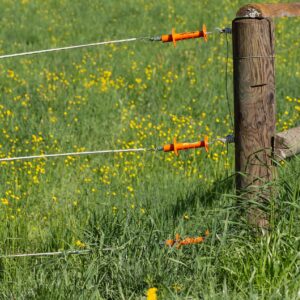
Electric Fencing Energiser Choices
TYPES OF ENERGISERS Electric fence energisers vary in their source of power and their power output. They fall into two groups – battery-powered and mains-powered. Solar-powered systems are increasingly popular and involve the use of a battery-powered unit used in conjunction with a solar panel. Agri Solar offers a complete
